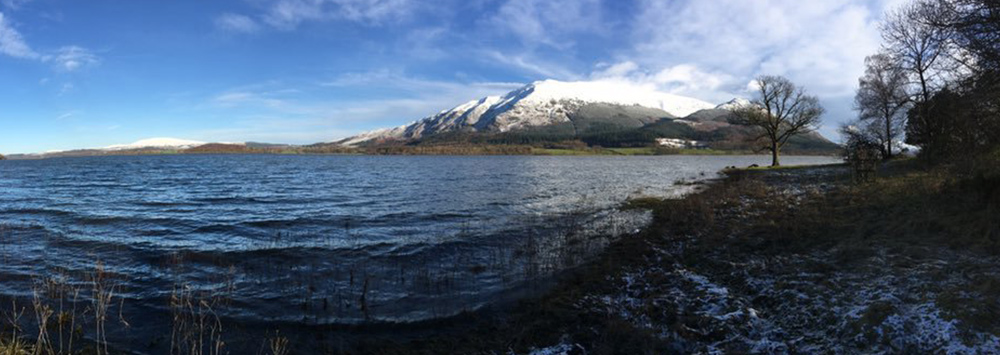Introduction
This project used the December 2015 (Storm Desmond) extreme flooding in Cumbria to critically test the integrity and responsiveness of our unique, long (>600 year) lake sedimentary records of flood magnitude and frequency by quantifying the initial sedimentary event, its' diagenetic evolution and the impacts of a sediment-rich post-flood catchment. The recent flooding, following previous extreme flood events in 2005 and 2009, has highlighted the inadequacies of flood magnitude / return-frequency models developed using recorded river flows (30-50 year), which are too short to address societal requirements for accurate measures of flood risk and to address questions regarding the role of climate forcing of recent events.
Lake sedimentary archives developed by our research teams at Liverpool, Durham, Southampton and Kings College London Universities provide the length of record necessary to address this research gap. This research has included developing a sediment magnitude (event particle size) signature at Bassenthwaite Lake that correlates well with river discharges (for 40 years) and identifies that the largest 3 floods in 600 years have occurred in the past decade.
